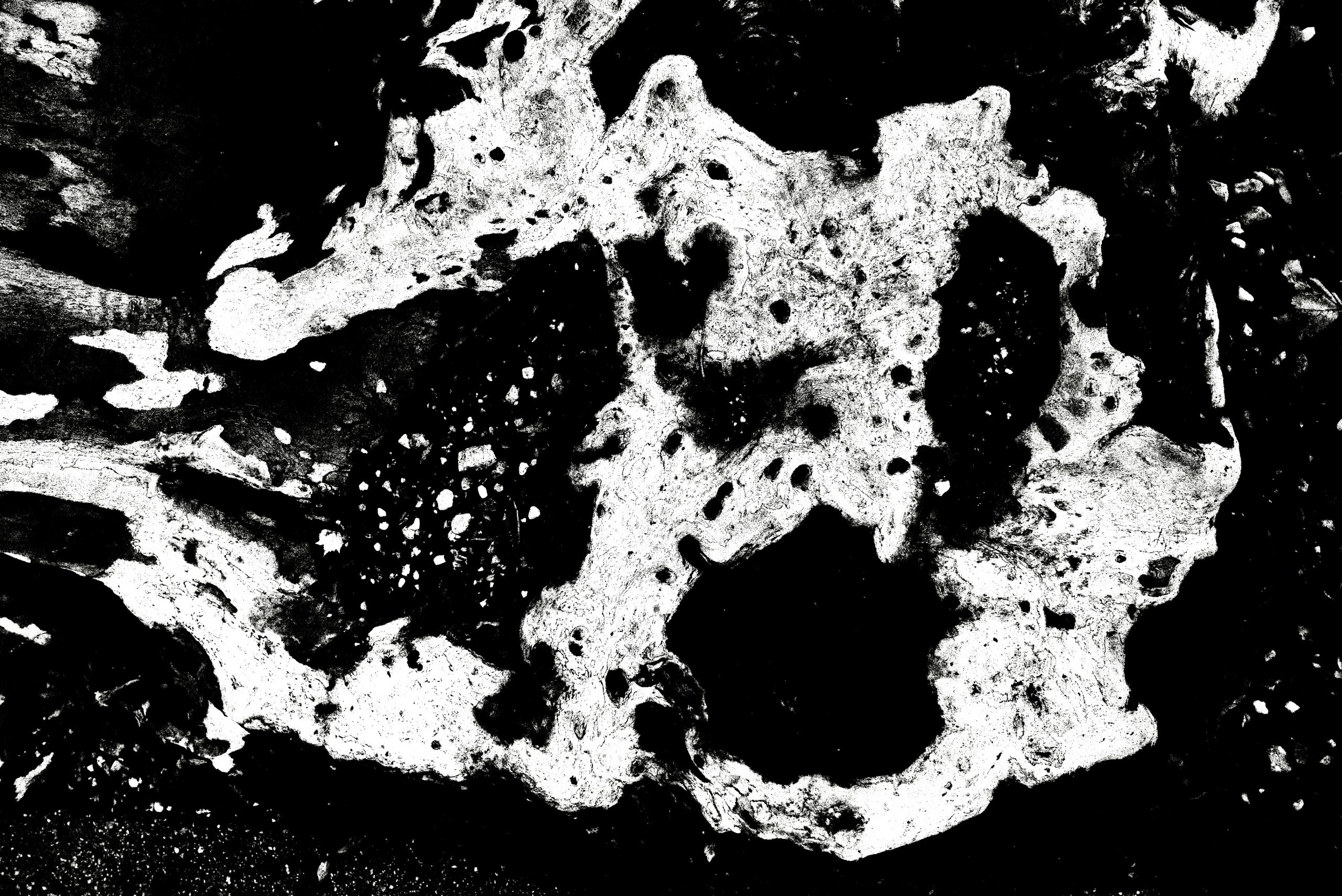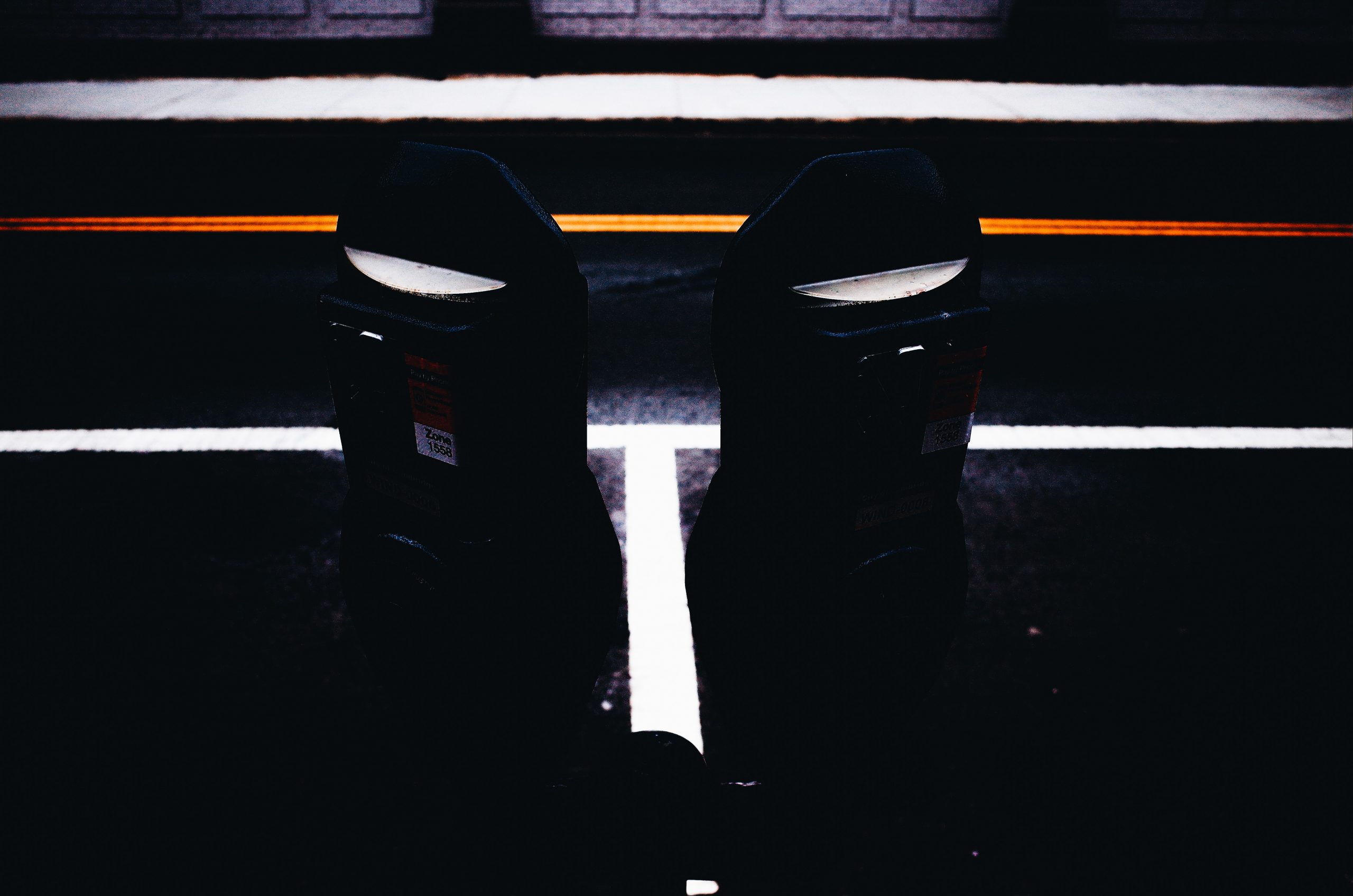Your cart is currently empty!
Minimum Viable Philosophy
Probably one of the best ideas which have come out of Silicon Valley is the notion of the “MVP” (minimum viable product). I am not sure who first coined the phrase, but my guess it is Ryan from BackYard Brew in Palo Alto.
Anyways the extrapolation I have is this:
What if we applied a ‘minimum viable’ design philosophy, or thinking philosophy, or life philosophy to everything?
Some examples:
AUDIO
Minimum Viable Blog

A lot of people fall victim to perfectionism in blogging. What if the goal wasn’t to write a ‘good’ blog post, but to simply put the idea out there? To make it “minimally viable”. Poor grammar, poor sentence structure, but the idea is out there.
My version of this line of thinking has been:
Get it 80% ‘good enough’, then hit publish.
90% of success is just showing up

Another realization:
Much of ‘success’ in life is simply showing up.
The basic notion of the idea comes from Woody Allen. My thinking:
When you simply show up for something, you will end up doing something!
For example, 99% of the difficulty of working is just getting your ass to the gym. Once you end up at the gym, the actual workout is easy.
Minimum Viable Living

One idea I have:
Instead of striving to have the ‘perfect’ living quarters, or having the biggest and swankiest apartment in the best location — perhaps we should strive for the MINIMUM space necessary for thriving.


Minimum Viable Composition
Another idea for photography:
What is the minimum composition we need to make a ‘viable’ image?













This is where abstract imagery is so fascinating to me!
What is the minimum amount of strokes and visual elements you need before you can ‘see’ something?
































Minimum effort, maximal output
Perhaps this notion of ‘minimum viable’ is good from an economic/efficiency perspective:
Maximize your output, while minimizing your input.